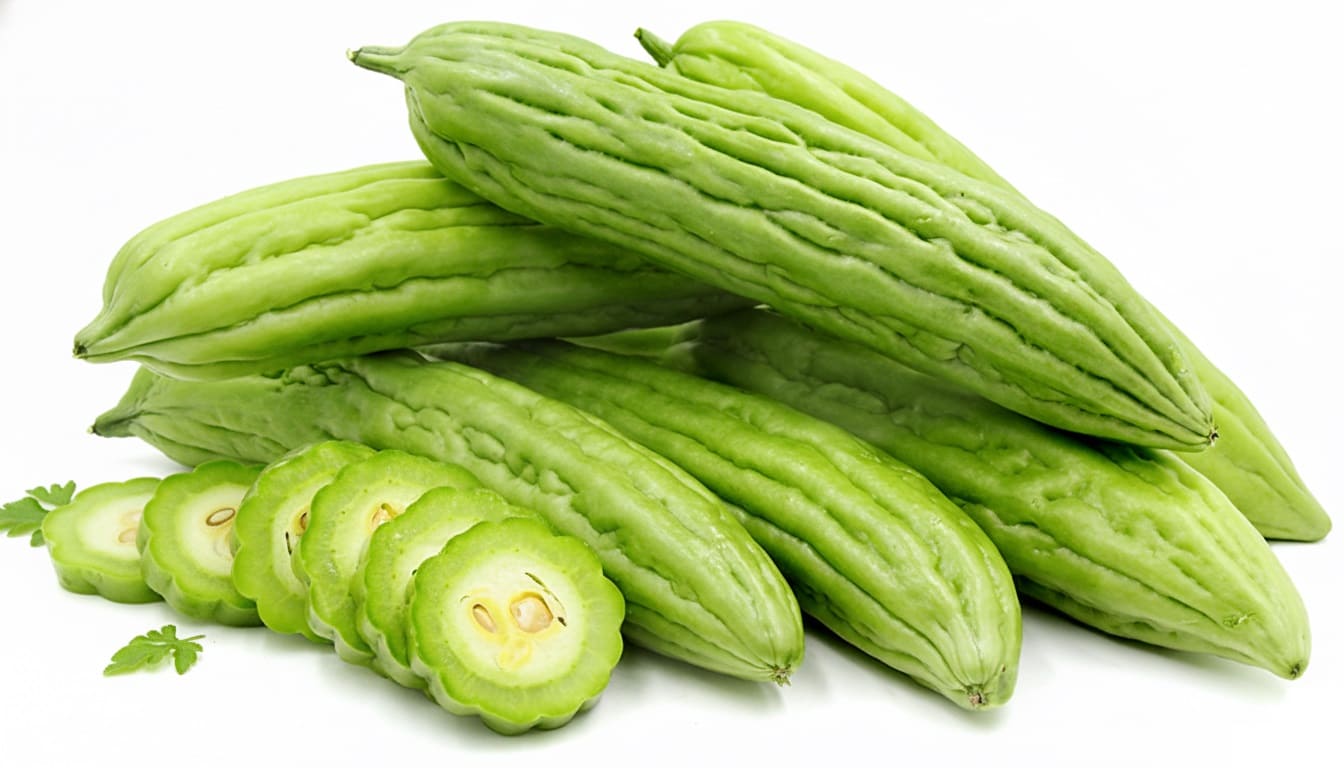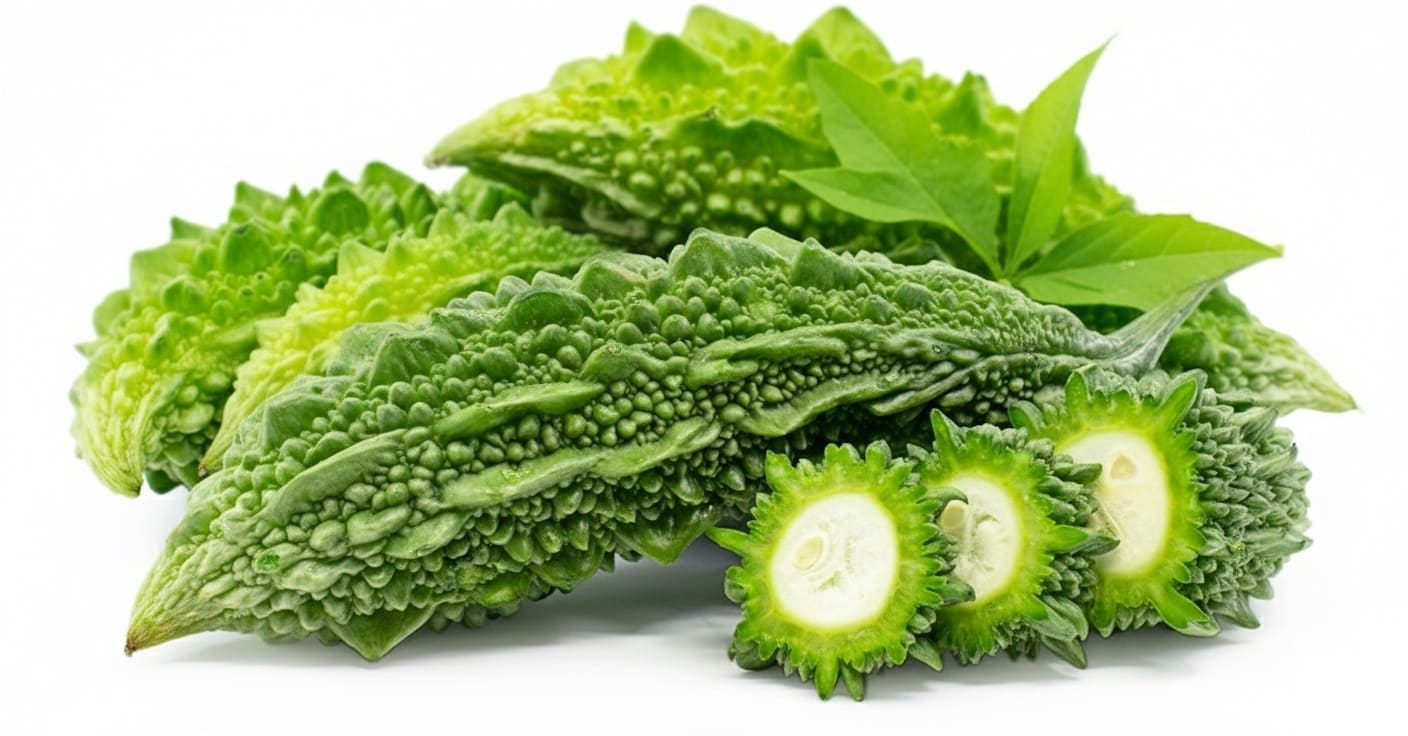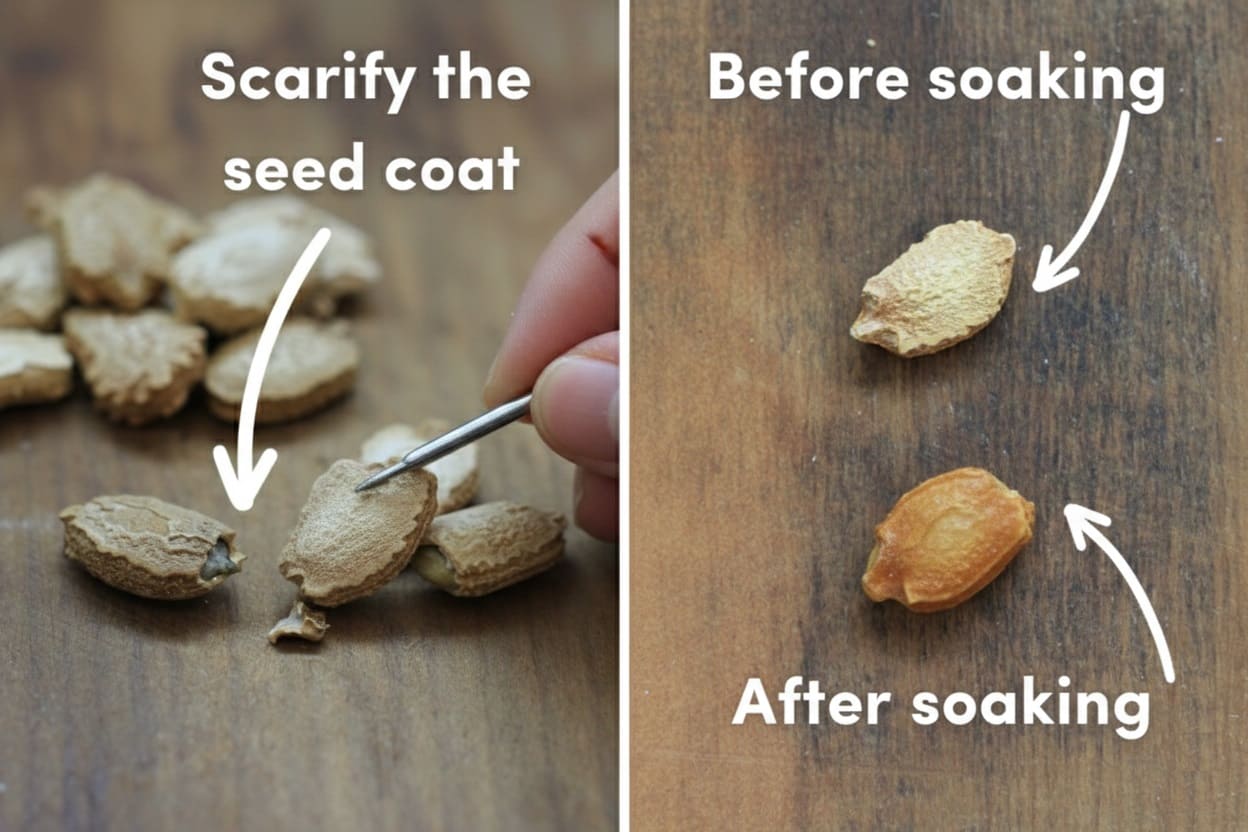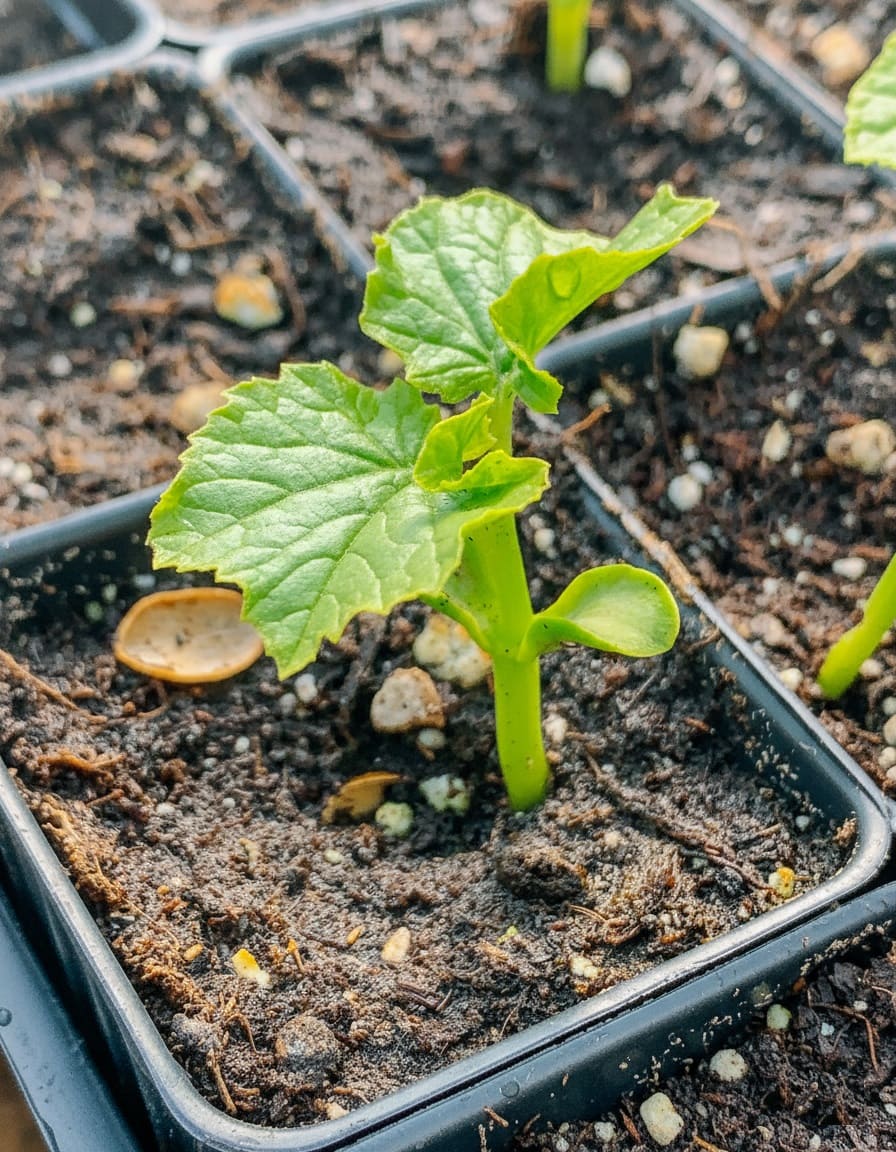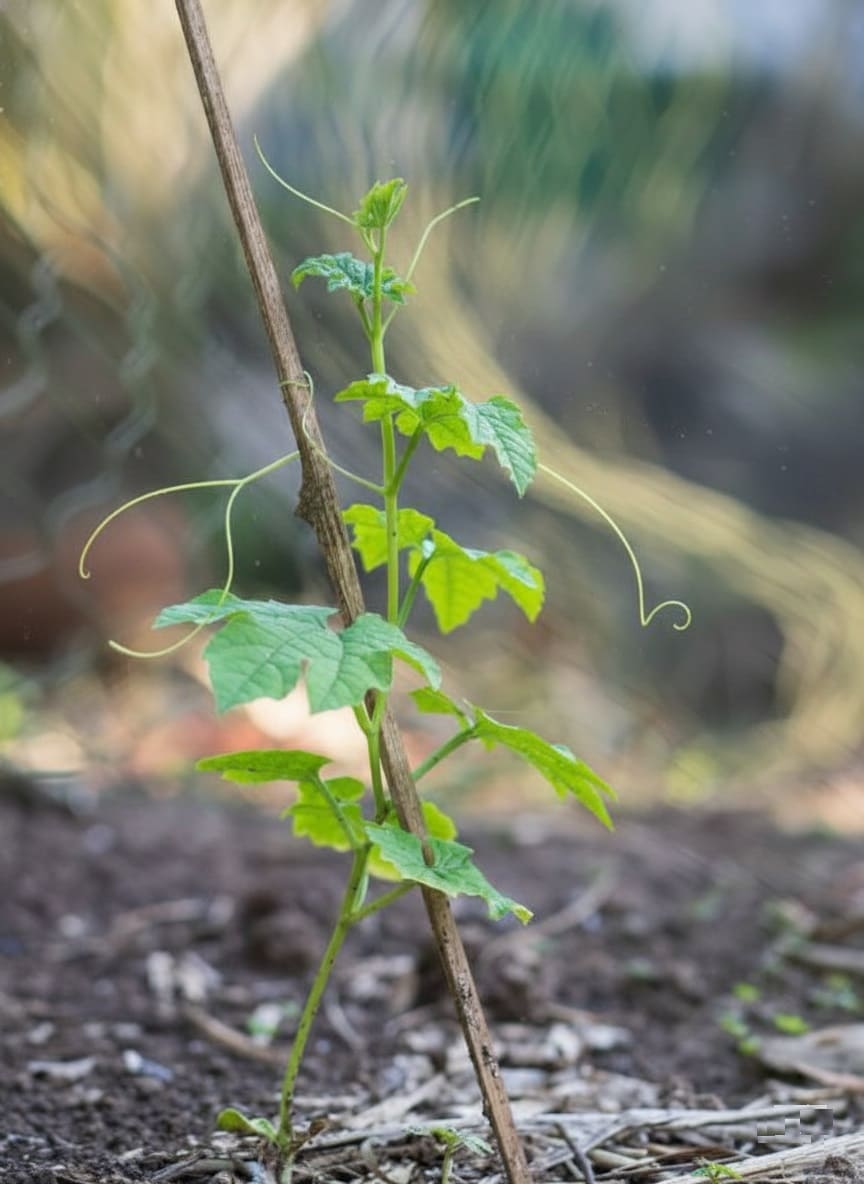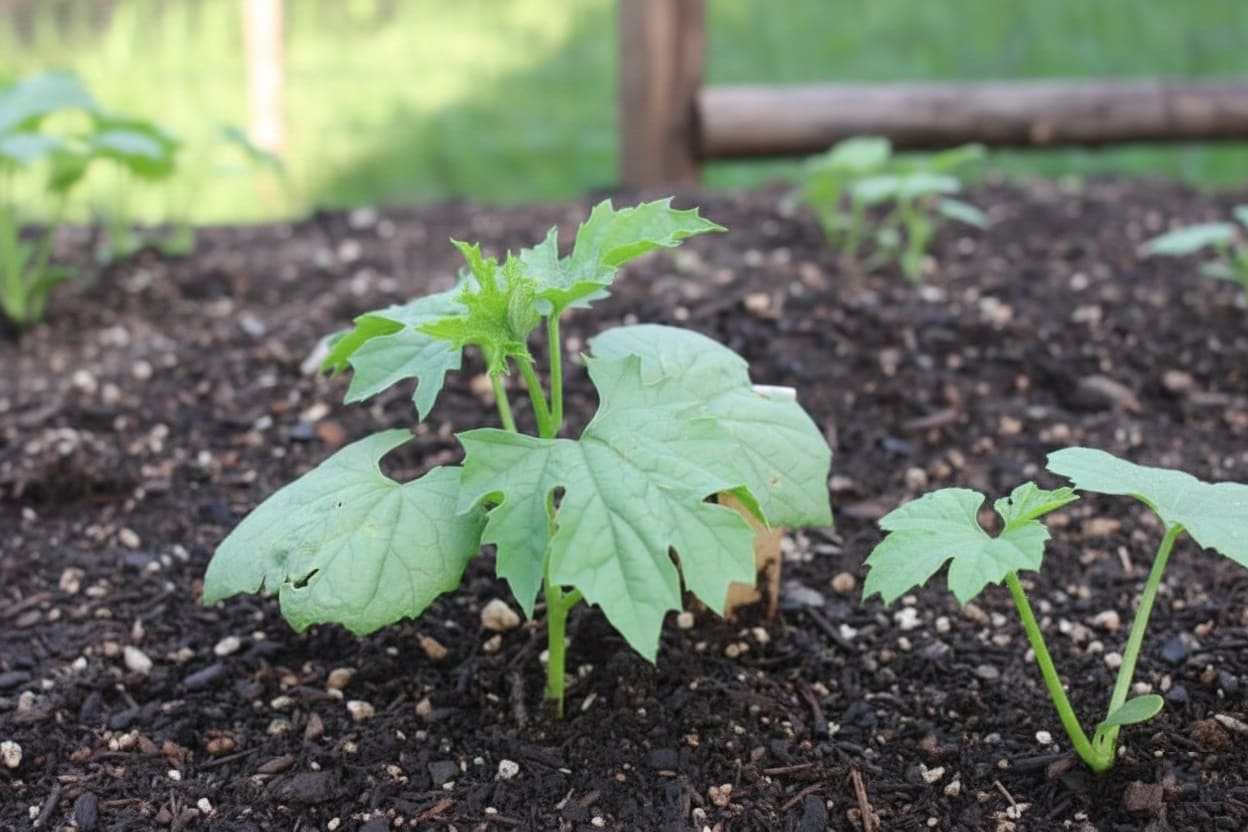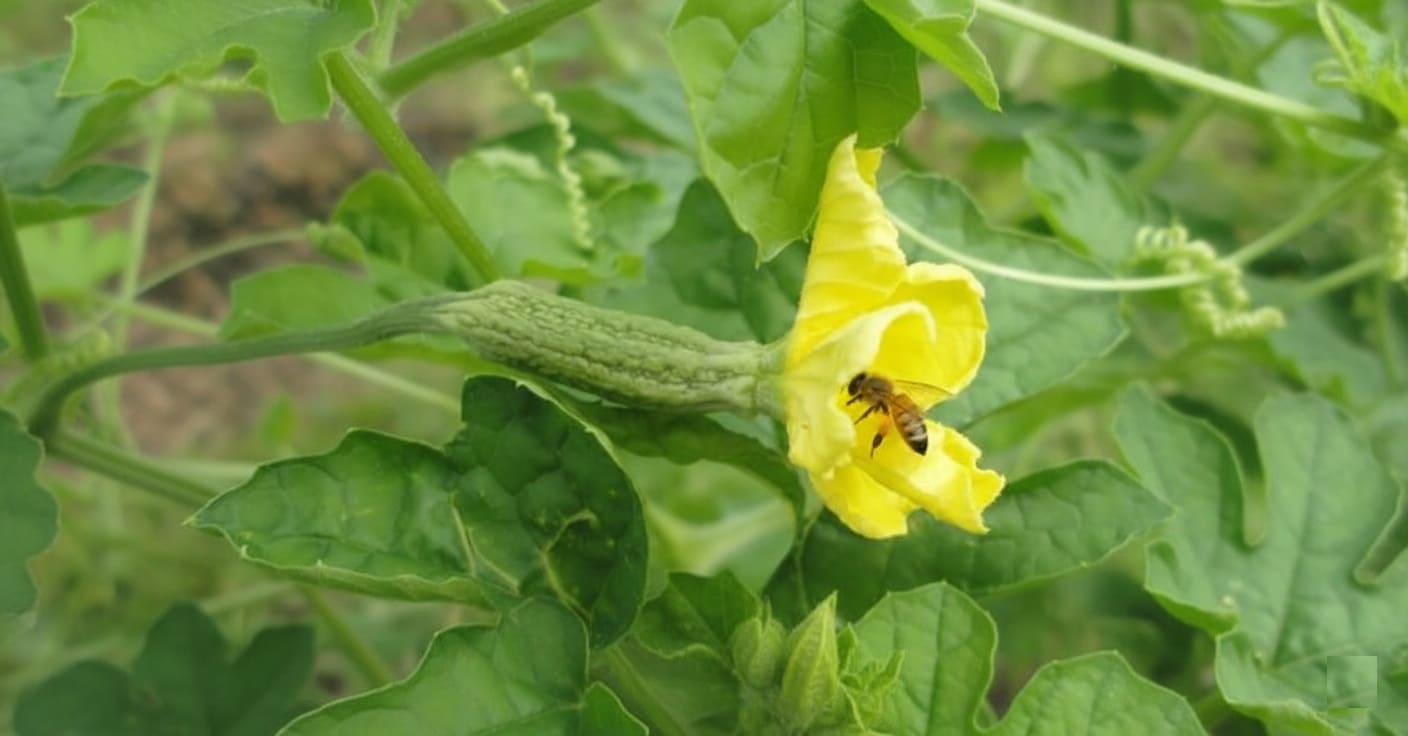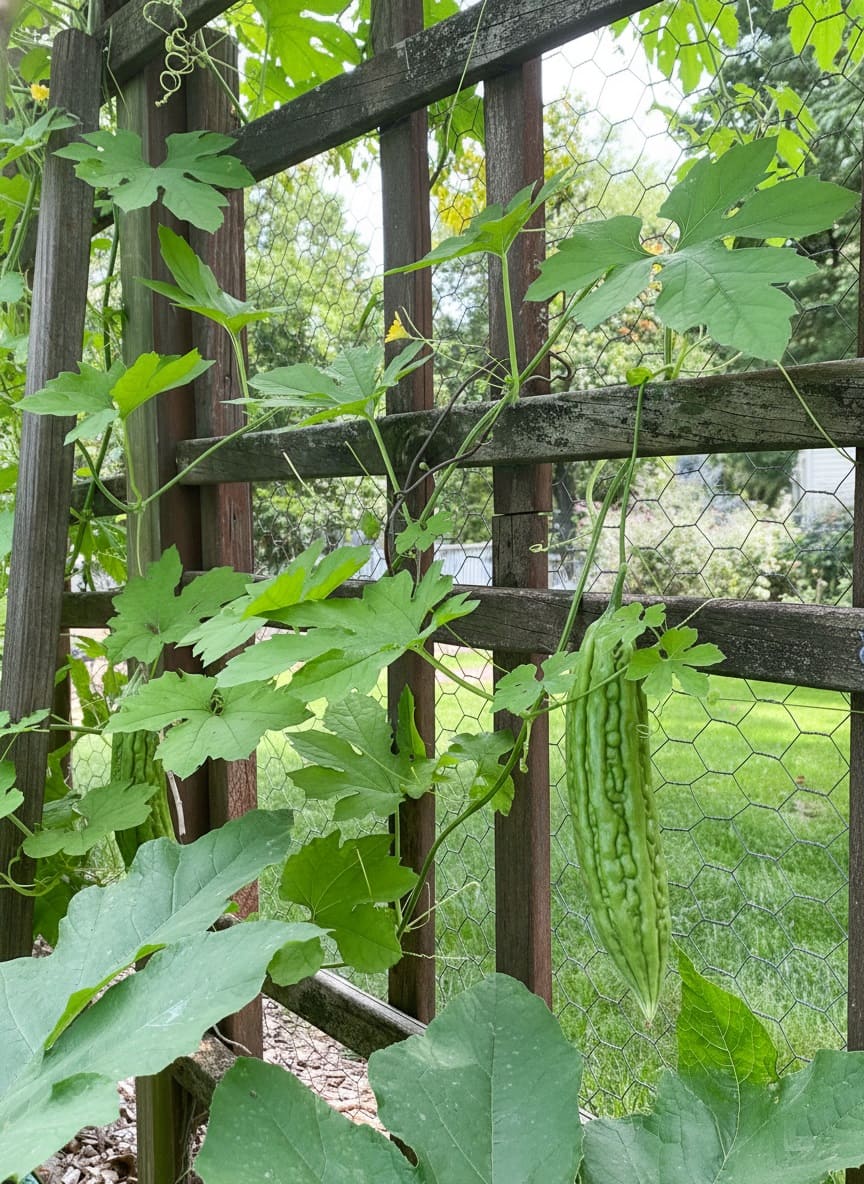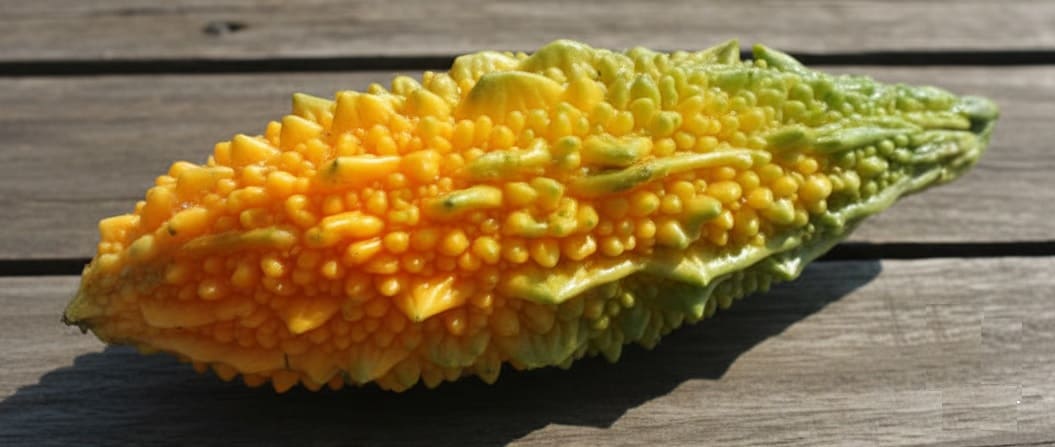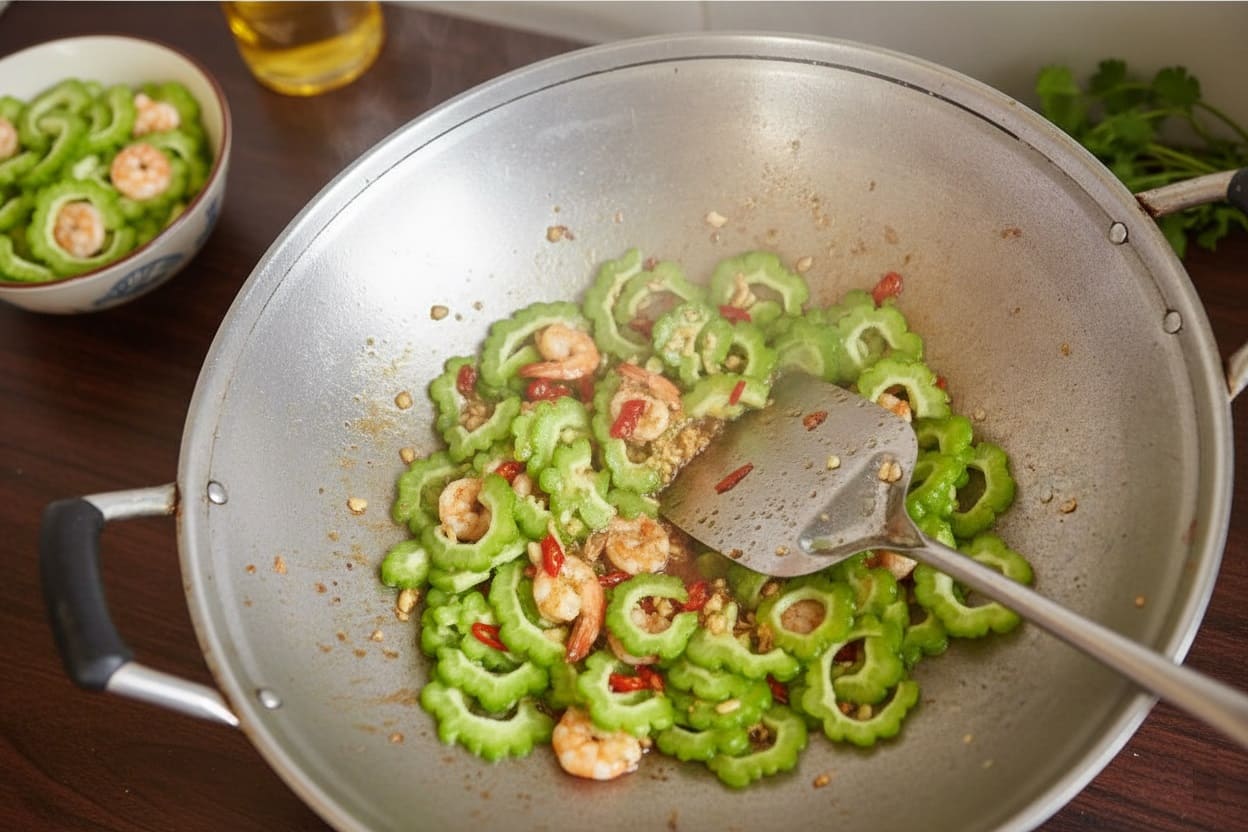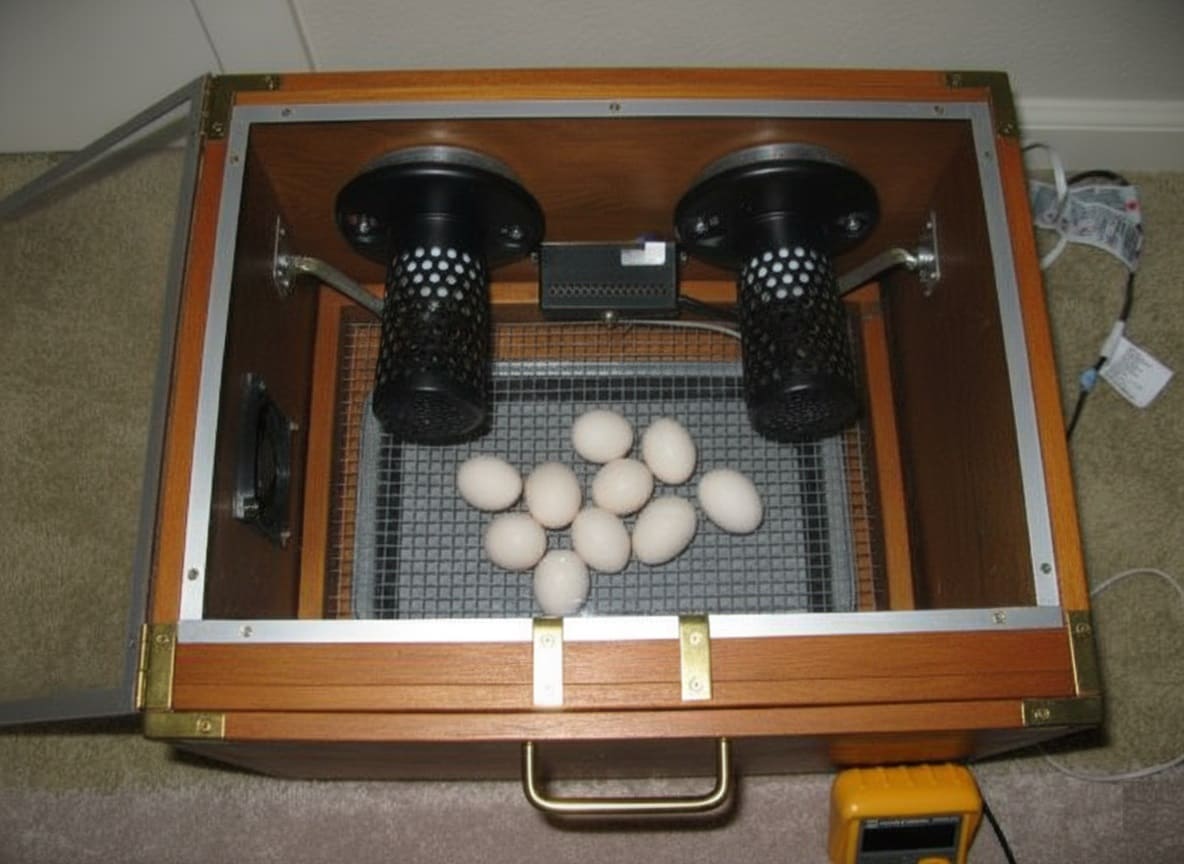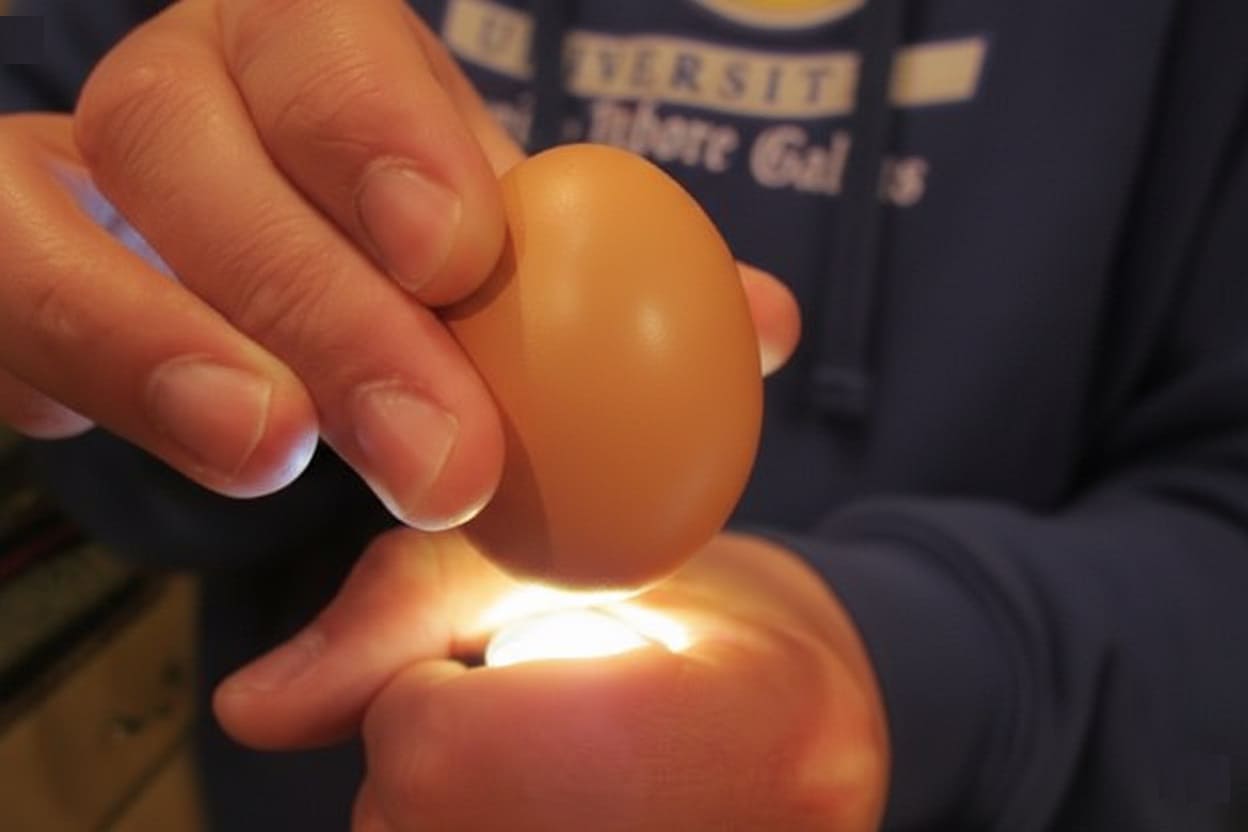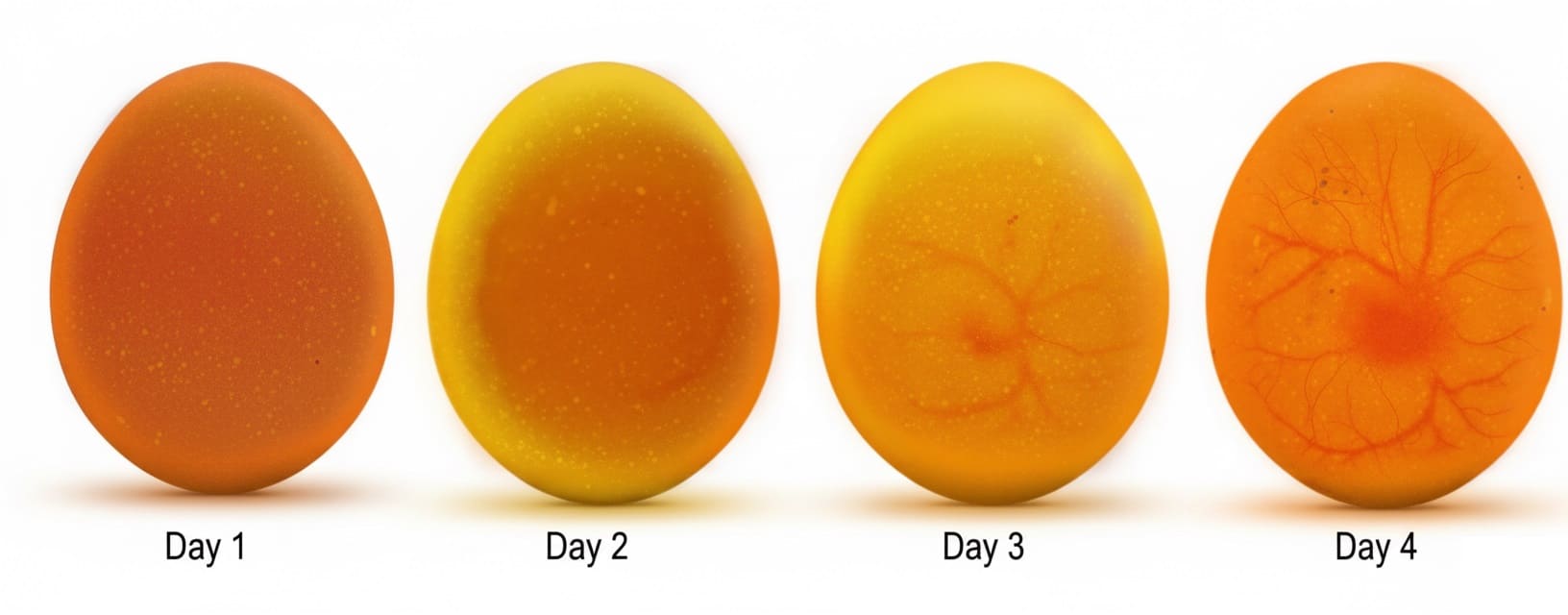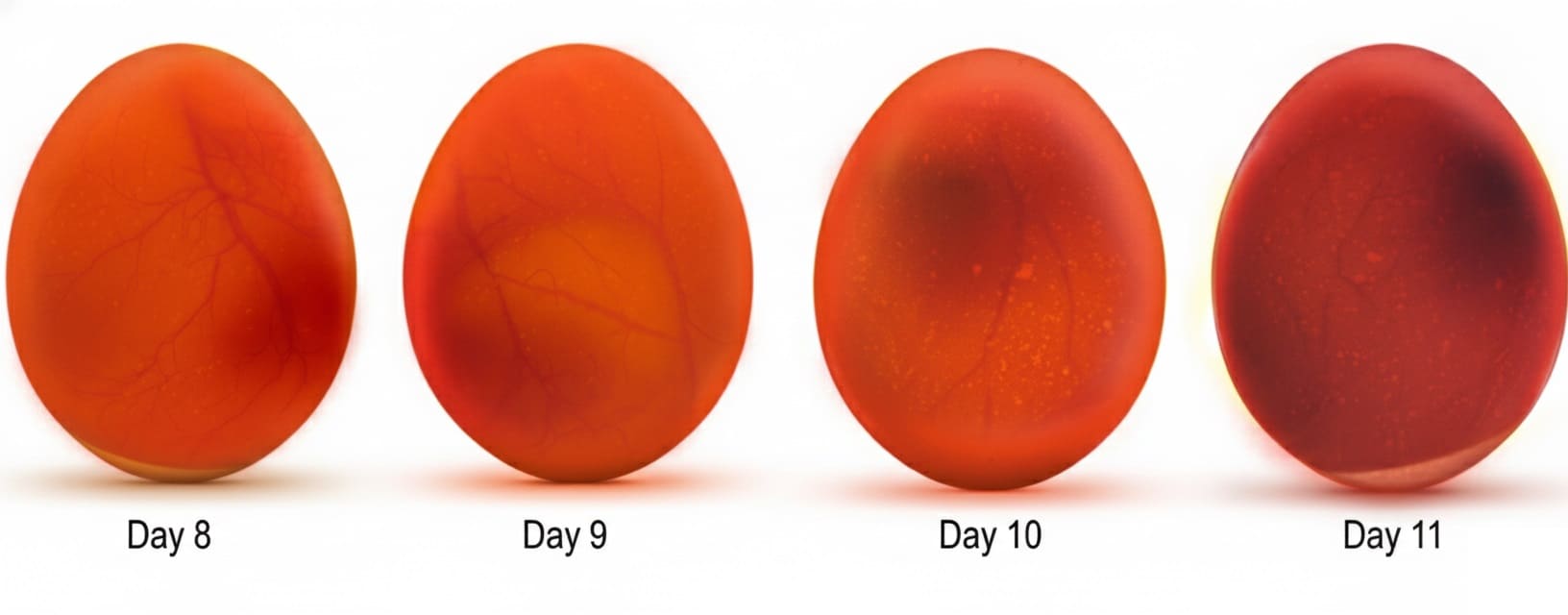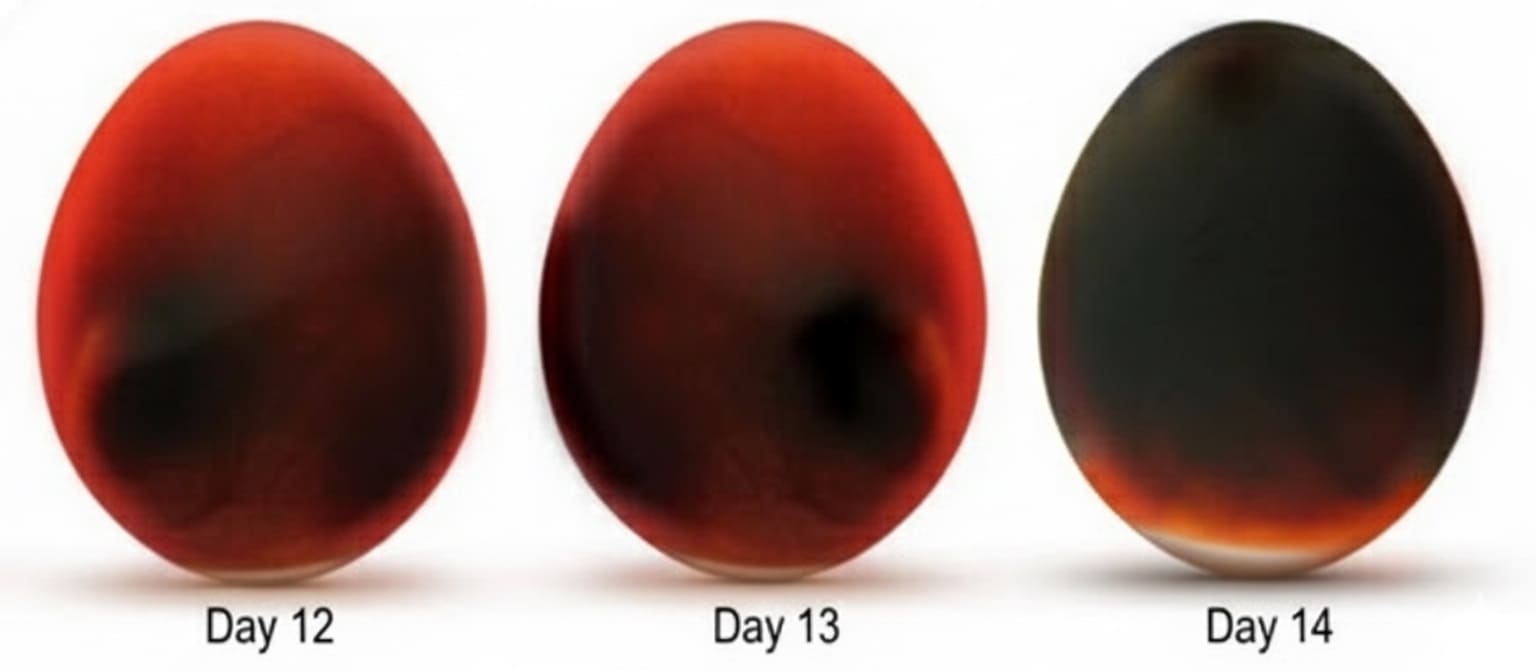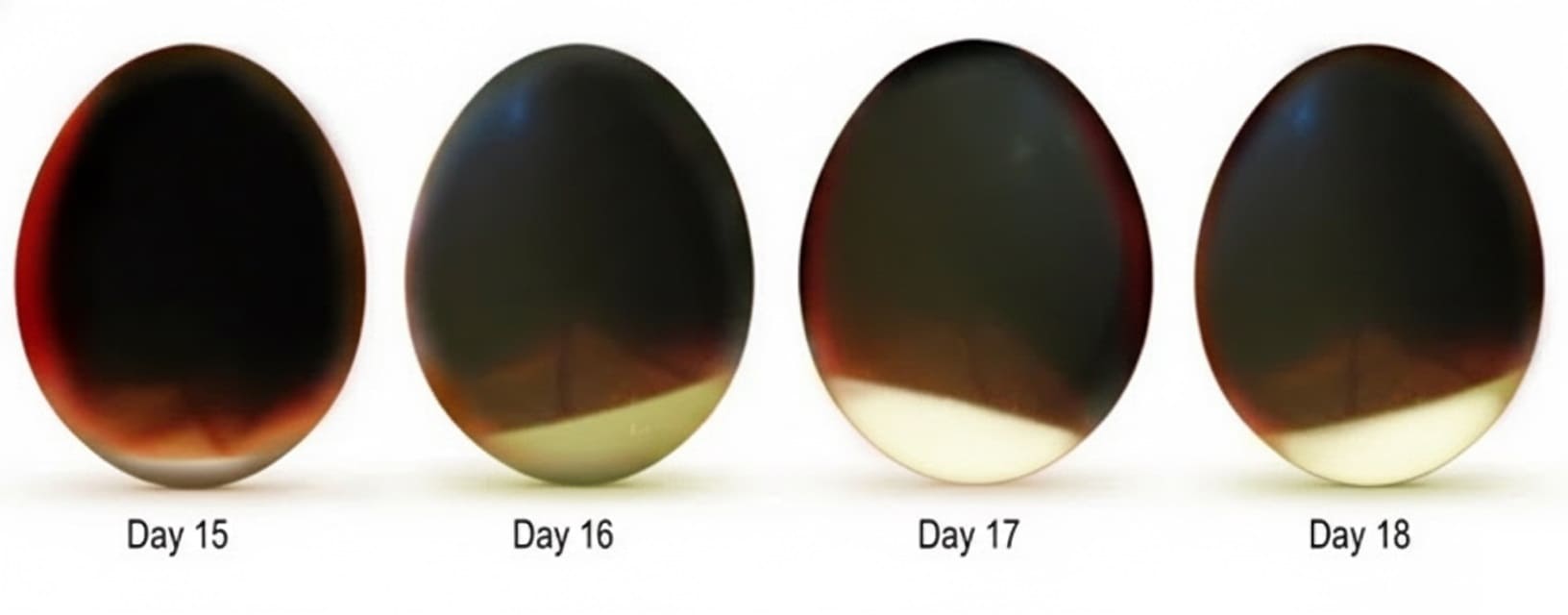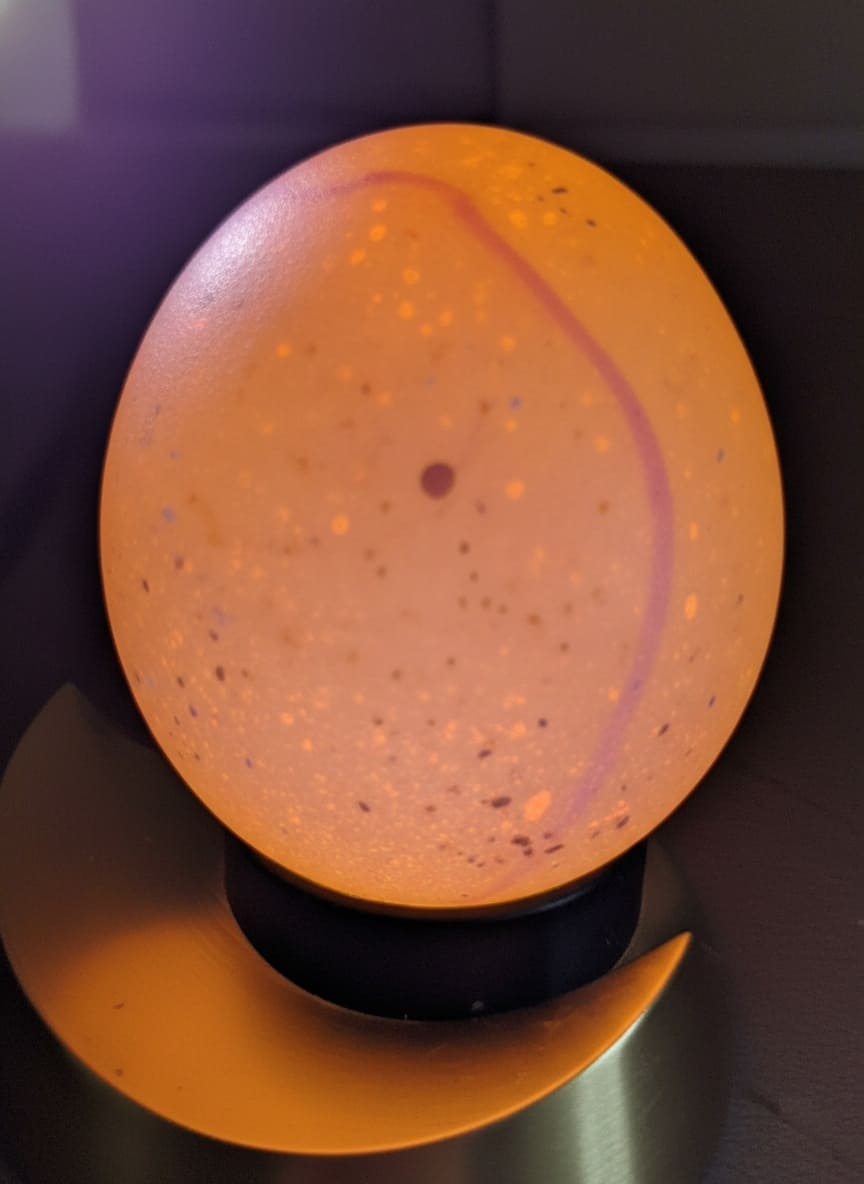Those sharp, curved protrusions jutting from your rooster’s legs aren’t just intimidating—they’re functional weapons that can both protect your flock and create serious problems.
If you’ve noticed your hens sporting scratches, felt nervous reaching for eggs, or watched those spurs grow longer and sharper, you’re right to seek answers.
This guide cuts through the confusion about rooster spurs. You’ll learn exactly what they are, when they become problematic, and how to manage them safely.
By the end, you’ll have the knowledge to protect your flock, yourself, and even your rooster from spur-related injuries.
 Related post: Expert Advice on How to Protect Yourself & Your Flock from Illness
Related post: Expert Advice on How to Protect Yourself & Your Flock from Illness
What Are Rooster Spurs?
Rooster spurs are sharp, spike-like projections on the inside of a rooster’s leg, positioned about an inch above the back claw. They look like an extra toe that’s taken a wrong turn—complete with a wicked point at the tip.
The structure itself is remarkable. At its core, a spur is an actual extension of the leg bone. Covering this bone is a hard sheath made of keratin, the same protein in beaks, fingernails, and rhinoceros horns.
If you could see a cross-section, you’d find it’s cone-within-a-cone: the inner part contains living tissue with blood vessels and nerves (the “quick”), while the outer keratin layer is hard, dead tissue without feeling.
This anatomy matters tremendously when you’re considering trimming, because cutting into that inner quick causes pain and bleeding, while carefully removing just the outer keratin is like trimming a fingernail.
When Spurs Develop and How They Grow
Every chicken—rooster and hen alike—hatches with a small bump called a “spur bud” on each leg. For most hens, these buds stay dormant.
For roosters, they begin their transformation around three months of age, starting as slightly raised bumps that gradually harden and sharpen. By eight to nine months old, a rooster typically sports recognizable pointed spurs.
Here’s the critical fact: spurs never stop growing, just like fingernails. Throughout a rooster’s entire life, those spurs keep lengthening and hardening.
Without intervention, they can reach several inches long, develop dramatic curves, and become razor-sharp. This continuous growth explains why management sometimes becomes necessary.
Certain hen breeds also develop spurs, particularly Mediterranean varieties like Leghorns, Minorcas, and Ancona, as well as Polish chickens.
Older hens of any breed may grow them too. However, hen spurs typically remain shorter and less sharp than their male counterparts.
I once had an elderly Leghorn hen named Henrietta who shocked me one day when I noticed she’d grown a respectable spur on her right leg.
She was six years old at the time, and that spur seemed to appear overnight—though of course it had been developing gradually.
She never used it aggressively, but she carried it with an unmistakable air of authority that made the younger hens think twice before stealing her favorite dust-bathing spot.
 Discover Top Egg-Laying Chicken Breeds for Your Backyard Flock
Discover Top Egg-Laying Chicken Breeds for Your Backyard Flock
Why Roosters Have Spurs
Spurs aren’t just evolutionary leftovers—they’re functional tools with specific purposes.
Primary Defense System
For defense, spurs are a rooster’s primary weapon against predators. When a hawk circles overhead or a fox approaches, the rooster doesn’t just sound the alarm—he’s prepared to fight using a dramatic “leap and strike” maneuver.
He launches himself at the threat, leading with his feet, driving those sharp points into soft tissue. This capability has saved countless hens from becoming predator meals.
 Read the Ultimate Guide to Protecting Your Backyard Chickens from Predators
Read the Ultimate Guide to Protecting Your Backyard Chickens from Predators
Establishing the Pecking Order
For social dynamics, roosters use spurs to establish and maintain the pecking order. When disputes arise over territory, hens, or resources, roosters face off with both beaks and spurs.
These battles range from brief sparring that settles dominance without bloodshed to prolonged fights ending in serious injury or death.
This is why maintaining proper ratios matters—ten to twelve hens per rooster gives each male adequate resources and reduces violent confrontations.
The Mating Function
Inadvertently during mating, spurs become part of the equation. When roosters mount hens, they grip with their feet and “tread” on the hen’s back to maintain balance.
Those spurs are right there, potentially scraping or puncturing skin during an already rough process.
When Management Becomes Necessary
Not every rooster needs spur management. If your bird is gentle, your hens are healthy and unmarked, and you face real predator pressure, those spurs are serving their purpose. The decision to intervene should be based on actual problems, not hypothetical fears.
Clear Warning Signs
- Your hens show visible damage.
Bald patches, scraped skin, or open wounds on hens’ backs and sides—especially on the rooster’s “favorites”—indicate his spurs are causing harm during mating. These injuries hurt the hens and create infection risks.
- The rooster displays human aggression.
While spur removal won’t fix underlying temperament issues, it reduces potential harm. However, truly aggressive roosters that attack unprovoked belong in the stew pot, not in your flock.
A rooster without spurs still has a sharp beak and other claws—removing spurs doesn’t eliminate the danger from a mean bird.
 Understanding Rooster Crows: More Than Just a Morning Alarm
Understanding Rooster Crows: More Than Just a Morning Alarm
- Spurs are curving back toward the leg.
This is a medical issue requiring immediate attention. Left unchecked, curving spurs can pierce the rooster’s own leg, causing painful wounds and lameness with every step.
- Multiple roosters are inflicting serious injuries on each other.
Managing spurs can reduce harm, though addressing root causes—insufficient hens or space—remains equally important.
- Overly long spurs interfere with normal walking.
When spurs become so lengthy they affect the rooster’s gait, trimming becomes a welfare issue.
- Spurs repeatedly snag on fencing or equipment.
A trapped rooster becomes easy prey, unable to escape because his defensive weapons have betrayed him.
Understanding Injury Risk
Rooster spur wounds are particularly dangerous because they’re puncture injuries. Unlike cuts that bleed externally, punctures drive bacteria deep into tissue where infections thrive.
Roosters walk through manure-laden bedding all day, coating their feet and spurs in bacteria. When those spurs penetrate skin—whether yours, a hen’s, or another rooster’s—they deliver that bacteria payload directly into the wound.
Children face heightened risk due to their size. A spur that might hit an adult’s leg can strike a child’s face or neck. Even normally docile roosters may attack when startled or when protecting their territory during peak breeding season.
Safe and Humane Spur Management Methods
If you’ve determined your rooster needs spur management, you have several options. Choose based on your comfort level, available tools, and the severity of the situation.
Method 1: Filing—The Gentlest Approach
Filing mimics natural wear-down and represents the most controlled, lowest-risk option. Use a metal file, horse hoof rasp, or Dremel tool with sanding attachment to gradually grind down the spur’s point.
Work at night when roosters are calmer. Wrap your bird snugly in a towel with one leg exposed at a time. Covering his head with a corner of the towel often helps him relax. Hold the leg steady and file at a 45-degree angle, starting at the sharp tip.
Work in smooth strokes, stopping frequently to check progress. Watch for any darker material or tiny blood spots indicating you’re approaching the quick.
Your goal is a blunt, rounded end. File away sharp edges so nothing remains that can puncture or tear. Then switch legs and repeat.
- The advantages: You control exactly how much material you remove with minimal bleeding risk. It’s as painless as filing your own nails.
- The drawbacks: It takes longer than other methods—some roosters won’t tolerate extended handling. Dremel noise and vibration can frighten birds. You’ll need to repeat this every few months as spurs continue growing.
Method 2: Clipping—The Quick Solution
Sharp clippers—large dog nail trimmers work perfectly—quickly remove the spur’s pointed end. This method demands more precision but saves time.
Secure your rooster as described above. Examine the spur under good lighting. On pale spurs, you may see where the quick ends as a darker shadowy area inside the keratin.
If uncertain, stay conservative. Position clippers about a third of the way down from the tip and make one swift, confident cut. File any sharp edges smooth afterward.
- Always have styptic powder or cornstarch ready. If you hit the quick, pack powder onto the cut end and hold pressure. Most bleeding stops within minutes.
- The advantages: Fast and efficient—the entire job takes just minutes. No specialized equipment beyond quality clippers required.
- The drawbacks: Higher risk of accidentally cutting the quick. Dull clippers can crack the spur rather than cutting cleanly. Very hard spurs may resist clippers entirely.
 Related post: How to Treat a Broken Chicken Wing at Home (Step-by-Step Guide)
Related post: How to Treat a Broken Chicken Wing at Home (Step-by-Step Guide)
Method 3: Sheath Removal
This technique removes only the outer keratinous layer, exposing the newer, softer layer underneath while preserving some defensive capability.
Some keepers soak the spur in warm oil for fifteen minutes first to soften the sheath.
Others use the controversial hot potato method: microwave a potato until fully cooked, then carefully slide it onto the spur (without touching the leg!) for three to five minutes. The heat and moisture soften the keratin.
Once softened, grip the spur with pliers and twist gently in one direction, then the other, until the sheath pops free.
- Why this works:
You remove the hardest, sharpest portion while leaving the rooster somewhat armed for defense.
- The concerns:
The hot potato approach is controversial. While effective, critics question whether sustained heat causes unnecessary discomfort to sensitive tissue beneath the sheath.
If you choose this method, test the potato’s temperature on yourself first and never let it touch the rooster’s leg skin—only the spur itself.
The exposed quick after sheath removal is temporarily sensitive and may bleed slightly if bumped. The sheath regrows, requiring repeat procedures every few months.
Permanent Options: When and Why to Avoid Them
Cauterizing spur buds in very young chicks (under two weeks) prevents spurs from developing at all. A veterinarian uses electrocautery equipment to destroy the growth cells.
This requires precision—too much damages leg bone, too little results in deformed spurs. It’s only worth considering for roosters who’ll never face predators and need frequent human handling.
Surgical amputation in adult roosters involves removing the actual bone under anesthesia. This expensive, invasive procedure carries significant infection risk and painful recovery.
Most veterinarians will question why you’re keeping a rooster whose spurs are so problematic that permanent removal justifies the cost and risk.
Reserve this option only for valuable breeding birds with grossly deformed spurs causing chronic self-injury where other methods have failed.
Step-by-Step: Filing Your Rooster’s Spurs
What you need:
- Metal file or Dremel with sanding attachment
- Thick towel
- Styptic powder or cornstarch
- Blu-Kote or wound spray
- Headlamp or good lighting
- Helper (optional but helpful)
The process:
- Step 1: Secure your rooster.
Calmly remove him from the roost and wrap him firmly in the towel, burrito-style, with only one leg exposed. If he starts thrashing, cover his head with a corner of the towel—darkness helps many birds relax.
- Step 2: Position yourself comfortably.
Sit down with the wrapped rooster in your lap or on a table at a comfortable height. Have your helper hold the rooster still while you work, or if you’re solo, tuck the wrapped bird firmly under one arm.
- Step 3: Examine the spur.
With good lighting, look carefully at the spur’s structure. You’re trying to identify where the darker, more opaque material (the part with the quick inside) ends and the lighter, translucent tip begins.
- Step 4: File strategically.
Starting with the sharp tip, file at an angle to create a blunt point. Work in smooth, steady strokes. Stop frequently to check your progress and watch for any signs of the darker inner material or tiny spots of blood.
- Step 5: Shape and smooth.
Once you’ve removed the dangerous point, round off any sharp edges. The goal is a smooth, blunt end that won’t puncture or tear.
- Step 6: Repeat on the other spur.
Switch legs and repeat the entire process.
- Step 7: Quick inspection.
Before releasing your rooster, check both spurs for any bleeding. If you see blood, apply styptic powder or cornstarch and hold pressure until it stops.
- What to expect afterward:
Most roosters resume normal activity immediately. Watch for the next day or two to ensure normal walking and no delayed bleeding. If you applied styptic powder, check the next day to confirm the spur ends are dry with no infection signs.
Staying Safe Around Roosters
Understanding Rooster Body Language
Understanding rooster body language prevents most spur-related injuries.
- A relaxed rooster goes about his business—foraging, watching for danger, tending hens. He may notice you but doesn’t fixate on your presence.
- An uncertain rooster watches you with one eye, turning his head sideways to keep you in view. He might approach indirectly, pretending to peck at the ground while moving closer. Stay alert but don’t panic—he’s assessing, not attacking yet.
- An aggressive rooster telegraphs clear warnings: raised neck hackles, wings held slightly out from his body, head lowered, direct eye contact, and sometimes a distinctive deep rumbling sound. These signals mean an attack is imminent.
Practical Protection
Always wear long, thick pants—jeans or canvas—in areas with roosters. Boots beat shoes. Carry a shield of some kind: a clipboard, feed bucket, or even a broom. This gives you something to place between yourself and an aggressive bird without harming him.
Never turn your back on a questionable rooster. Most attacks come from behind when you’re bent over or distracted. Move deliberately and avoid sudden movements that trigger defensive instincts.
During peak breeding season, roosters become more territorial. Respect this reality by being extra vigilant and limiting unnecessary time in their space.
Teaching Children
- For families with children:
Establish firm rules. Kids should never run near chickens, chase or tease the rooster, or enter the chicken yard without adult supervision. If the rooster approaches aggressively, teach children to back away slowly while facing him.
Some families wisely make their chicken coop completely off-limits to children—this isn’t overcautious, it’s realistic about a potentially dangerous animal.
 Discover Proven Strategies to Get Your Kids Excited About Homesteading
Discover Proven Strategies to Get Your Kids Excited About Homesteading
Troubleshooting Common Issues
- Bleeding won’t stop:
Apply firm, constant pressure with cornstarch or styptic powder for a full five minutes without checking. If bleeding continues beyond ten minutes, the wound may require veterinary attention. Isolate the rooster to prevent other birds from pecking at the wound.
- Rooster won’t calm down:
Some birds simply don’t tolerate handling well. If your rooster becomes increasingly stressed despite gentle handling and darkness, you have three options:
1. recruit a stronger helper to hold him more securely
2. consider having a vet perform the procedure with light sedation
3. or accept that this rooster may not be a good candidate for home spur management.
- You accidentally cut too deep:
Don’t panic. Apply styptic powder immediately with firm pressure. The quick will bleed impressively but usually responds to pressure within minutes. Keep the rooster separated until bleeding fully stops.
Monitor the next few days for limping, swelling, or discharge indicating infection. If these develop, consult a vet—the bird may need antibiotics.
 Learn about Chicken Foot Injuries: Prevention, Diagnosis & Treatment Guide
Learn about Chicken Foot Injuries: Prevention, Diagnosis & Treatment Guide
- Spur seems infected after trimming:
Signs include swelling around the base, unusual warmth, discharge, foul odor, or the rooster favoring that leg.
Clean the area with diluted betadine or chlorhexidine, apply antibiotic ointment if the wound is open, and monitor closely. Worsening symptoms require veterinary care.
 Read the Guide to Preventing & Treating Common Chicken Illnesses
Read the Guide to Preventing & Treating Common Chicken Illnesses
- How often should I check spurs?
Incorporate quick spur inspections into monthly flock health checks. Look for excessive length, sharp points, unusual curvature, or damage to the rooster’s leg from contact with the spur.
Protecting Hens from Mating Damage
If trimming spurs doesn’t fully resolve hen injuries, consider hen saddles—fabric covers that protect hens’ backs during mating. These breathable aprons fit snugly with straps that loop around each wing, creating a barrier between rooster spurs and hen skin.
Quality saddles stay put, don’t impede movement, and dramatically reduce feather loss and skin damage. Most hens adapt within days, though some walk awkwardly backward initially.
Saddles work best for favorite hens receiving the most attention from your rooster. They’re washable and reusable, making them cost-effective for long-term flock management.
Combined with trimmed spurs, saddles can eliminate mating-related injuries entirely while allowing your rooster to keep functional defensive weapons.
 Read the Ultimate Guide to Feeding Your Backyard Laying Hens for Maximum Egg Production
Read the Ultimate Guide to Feeding Your Backyard Laying Hens for Maximum Egg Production
Frequently Asked Questions
- Will removing spurs change my rooster’s personality or protective instincts?
No. Spurs are tools, not the source of instinct. A rooster with trimmed spurs will still alert to danger, attempt to defend his flock (just with less effective weapons), and maintain the pecking order. His core personality and behavioral tendencies remain unchanged.
- My rooster’s spur is bleeding on its own. What should I do?
Spontaneous spur bleeding suggests injury—perhaps the spur broke after snagging on something, another rooster damaged it during a fight, or infection has developed at the base.
Clean the area with diluted betadine, apply styptic powder to stop bleeding, and monitor carefully. If bleeding recurs, swelling develops, or the rooster shows lameness or distress, consult a veterinarian.
- How much does surgical spur removal cost?
Costs vary widely by location and veterinarian, but expect $200-500+ for the procedure, including anesthesia, surgery, pain medication, and follow-up care. The expense alone often makes this option impractical for backyard flocks.
- Can I make spurs grow slower?
No. Growth rate is genetically determined. Regular monitoring and trimming as needed is the only practical management approach.
Finding the Right Balance for Your Flock
Rooster spurs embody one of homesteading’s complex realities: there’s no universal right answer.
The free-range rooster defending against hawks and foxes needs different management than the suburban rooster in a secure coop with pampered hens and visiting children.
Your job is honest assessment of your unique situation. Consider predator risks, rooster temperament, hen health, and who else interacts with your flock. Make decisions based on actual problems, not hypothetical fears, but don’t wait for serious injuries before acting.
- The bottom line:
Most roosters never need dramatic spur intervention. Regular monitoring, occasional filing or trimming when needed, and realistic safety practices keep everyone safe while allowing roosters to fulfill their natural protective role.
Approach spur management as routine maintenance—like trimming hooves or clipping wings—rather than drastic intervention. When done calmly, correctly, and only when necessary, managing rooster spurs protects everyone in and around your flock.
Take a close look at your rooster’s spurs today. If they’re causing problems, choose a management method matching your comfort level and available tools. If not, continue monitoring every few weeks.
Trust your judgment about your own flock, and give your rooster the thoughtful care he deserves—spurs and all.
source https://harvestsavvy.com/rooster-spurs/









